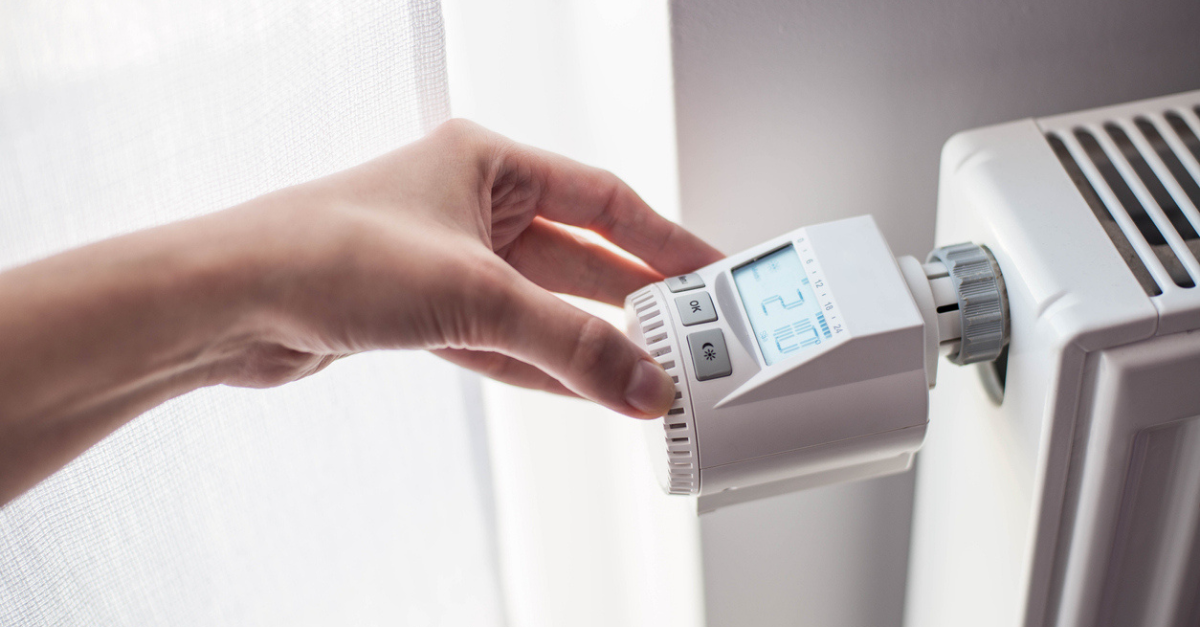Perhaps you already know that if you plan to sell or rent out your home, it must have an Energy Performance Certificate (EPC). But do you know how big an impact the EPC rating can have on your property’s value and desirability?
Your home’s EPC rating tells potential buyers or renters how energy efficient it is. And that translates into £££s a month when it comes to powering the home and keeping it warm. Put simply, a better EPC rating is often the tipping point to those magic words – “We’ll take it!”.
For living, not selling
Of course, if you’re not currently planning to sell or rent out your home, it’s you who could benefit from saving £££s a month by improving its EPC rating. And if you’re planning to leave the family home to your children, when the time comes, it’s they who will also benefit.
But it’s not only about cheaper energy bills now. There are longer term benefits, too.
- The energy-cost difference between the lowest and highest EPC ratings is about £1,500 a year – every year.
- If you do decide to sell your home in the future, being more energy efficient can result in a higher valuation.
- Being environmentally friendly is important to many homebuyers, who are willing to pay more for a home that’s already a good shade of green.
- Reducing the amount of energy you use (and lose) reduces your carbon emissions and lowers your environmental impact.
- Some mortgage providers offer lower-interest mortgages for greener homes. For example, Hinckley & Rugby offers lower-cost Green Mortgages to existing customers who undertake green retrofitting with its partner, Retrogreen.
Small steps to a better EPC rating
Let there be light
Burning brightly doesn’t have to mean burning through energy. With regular improvements in energy-efficient lightbulbs, and particularly with LEDs, it’s worth checking out what’s new. Switching to a more environmentally friendly option could save you £££s and make a positive difference to your EPC rating.
Control your heating
You probably already have a master thermostat, but fitting individual room thermostats and thermostatic radiator valves gives you even greater control. The modest investment in whole-house heating controls is normally realised in less than four years, with ongoing savings thereafter. And like other forms of green retrofitting, this measure would improve your EPC rating.
Bigger steps to a much better EPC rating
Sound investment can bring big rewards, and that is certainly true with green retrofitting – making changes to your home that benefit the environment.
Whole-house insulation
Parts of your home may already be well insulated, but the Retrogreen app will help you see what other forms of insulation could be installed, and how that would benefit you.
Walls, floor, loft, and flat roof – all can be insulated, helping to improve your home’s EPC rating and reduce your energy bills.
Replace old equipment
Replacing an old and inefficient boiler with a new A-rated condensing boiler makes a big difference. In addition, installing a heat pump has major benefits: it can produce three times more heat for the same amount of energy used without one.
It’s a major investment, but could form part of a wider green retrofitting project. Such a project can be managed from start to finish by Retrogreen, financed by Hinckley & Rugby in the form of a lower-rate Green Mortgage.
Better glazing
Replacing single-glazed windows or casement windows with low-E double glazed windows, makes another big difference to your EPC rating. Of course, you’d need permission first if your home is a listed building.
The guarantee on uPVC windows is normally 10 years, so older double glazing could be showing signs of age – including warping. Nothing lasts forever, and replacing double glazing that was installed in the 80s or 90s might form part of your Retrofit Plan.
Generate your own renewable energy
From the sun and the wind, it’s possible to generate your own electricity. More than 1 million homes in the UK already do it!
Generated at home, solar or wind power could be powering everything from your lighting and appliances to electric cars. This would dramatically reduce the amount of energy you draw from the National Grid, saving you money and lowering your carbon footprint.
Generating your own renewable energy would improve your home’s EPC rating. And along with other major green retrofitting projects (some mentioned above) your investment could be financed by Hinckley & Rugby through its partner, Retrogreen.
The first small step to an improved EPC rating
The Retrogreen app helps you get a better understanding of your home’s energy efficiency. Simply enter the details of your property into the app to generate a digital replica of your home. This will help you to visualise and compare the options for making your home more energy efficient, and appreciate the associated costs and benefits.
The Society’s green retrofitting partner, Retrogreen, offers members a free online follow-up consultation. This will help you to gain a full understanding of how the energy efficiency of your property – and your EPC rating – could be improved.







